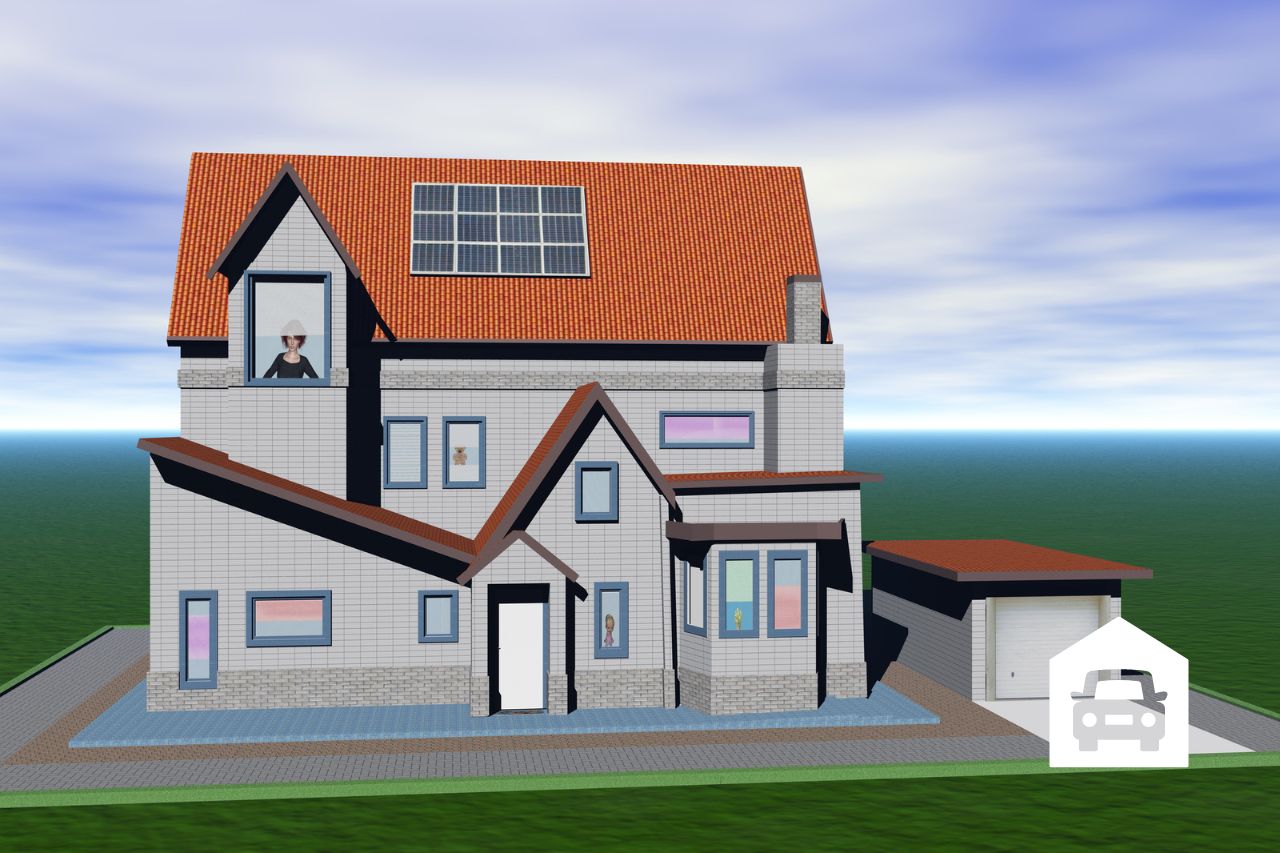If you have an attached garage, you needn’t worry about having the power you need to pursue odd jobs and hobbies in the garage. Your garage will simply be wired into your home’s electrical system. If you have a detached garage, you will need to run extension cords out to it, dig a trench and run and install a proper electrical system in it or run power to it overhead. In this article, we discuss how to run power to a detached garage above ground. Read on to learn more.
What You'll Learn Today
Set Up The Aerial Wire From The House To The Garage

Once you’ve cleared the area of tree limbs and other things that might get in the way, running an aerial wire is a simple task. Follow these steps:
- Check local building codes to determine how far from water features your overhead cable must be.
- Make sure that your overhead wires will not go over potential safety hazards, such as a Jacuzzi, hot tub or pool.
- Make sure that your overhead wires will not go over shared service areas that may be around your house, such as patios and driveways.
Gather these materials:
- Weather-proof mastheads
- Insulation material
- Wiring or cabling
- Guy-wire clamps
- Rigid conduit
- Turnbuckles
- Cable ties
- Guy-wire
Set up a pair of conduits, each thirteen feet high. One should be on the side of your home. The other should be on the side of your garage. Note that you’ll need some carpentry skills to do this correctly. It may be necessary to hire a carpenter to help you.
String an insulated guy wire between the conduits. This will help support the weight of the electrical cable. Be sure not to pull it too tight because it will need to have a little play in it for expansion and contraction when the temperature changes.
Put the electrical cable in place by wrapping it around the guy wire loosely. It should loop around every foot or so. Remember to leave a little play in this cable for expansion and contraction, as well.
TIP: If you don’t want to wrap the cable, you can attach it with cable ties.
Check the masthead and make sure that it is waterproof and will protect the main electrical panels against moisture.
Electrical Wiring-Overhead Service Wiring
How To Run Power To A Detached Garage Above Ground Q&A
Costs will vary depending upon the amount of wire needed and the types of breakers you use. Furthermore, the cost of installation for masts and conduits can vary. Generally speaking, you can expect to spend between $1000 and $2000 on this project.
The answer to this question really depends upon the type of equipment you want to run and the use you have in mind for your garage. It also depends on local ordinances. Generally speaking, a 20-ampere breaker should be adequate.
It’s better to use rigid conduit for support than to affix electrical wiring to walls.
You can use full aluminum conductors or those made of a steel and aluminum alloy.
It’s dangerous to play with electricity. You always want to check all the safety boxes whenever you make any sort of significant changes or adjustments to the electrical system in your home. Failure to get proper permission could result in all sorts of complications when you decide to sell your home or if you need to file an insurance claim. An electrical job improperly done can threaten the lives of all concerned.
Why Run Aerial Wire To Your Garage?
The advantage to running power to your garage above ground is that you will not need to deal with the back breaking labor of digging. Nor will you need to deal with obstacles, such as structures, patios, driveways, concrete paths, tree roots and the like.
Keep in mind that, no matter how you run electricity to your garage (below or above ground) you will need to have more than one circuit. Furthermore, you’ll be wise to install a sub-panel in your detached garage to help handle the distribution of power.
When you have electricity in your detached garage, you will be able to install lighting for safety, use power tools in and around the garage, set up a workshop, laundry room and/or recreational area in your garage.
Follow the tips presented here to safely run power to a detached garage above ground.